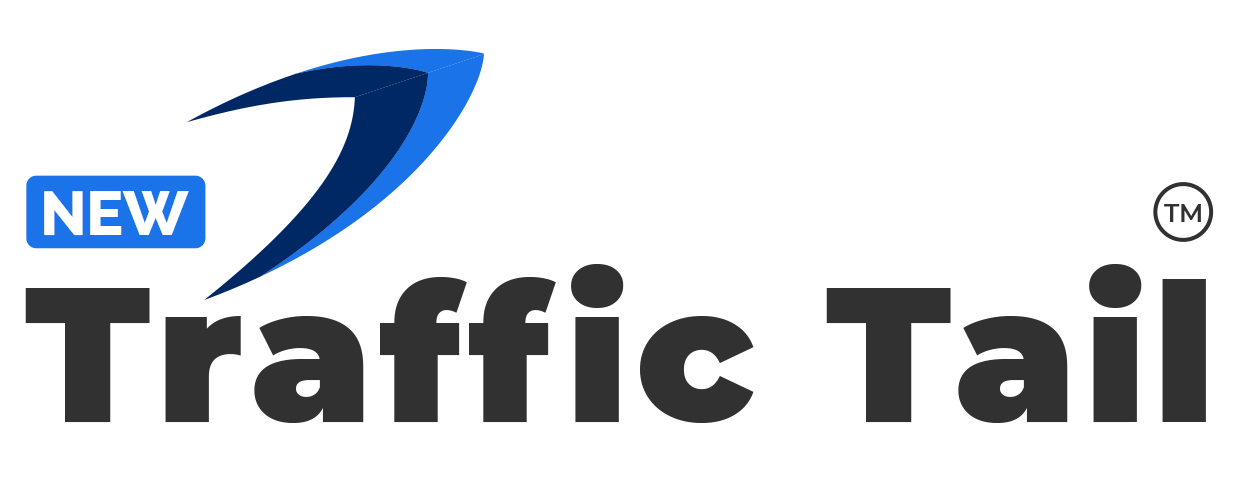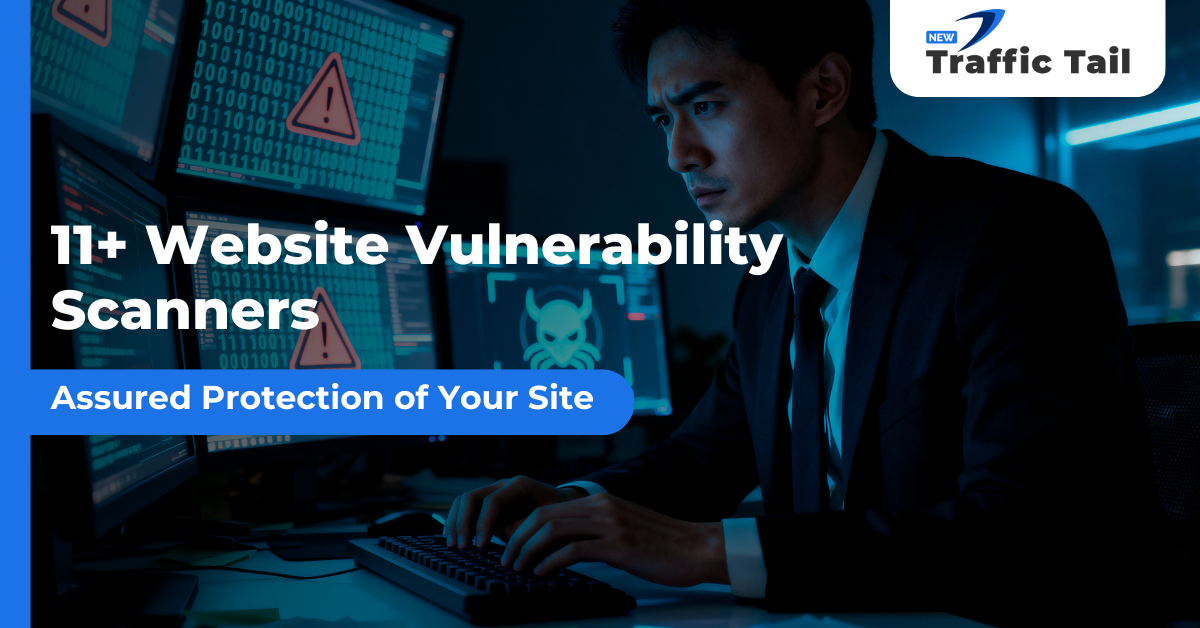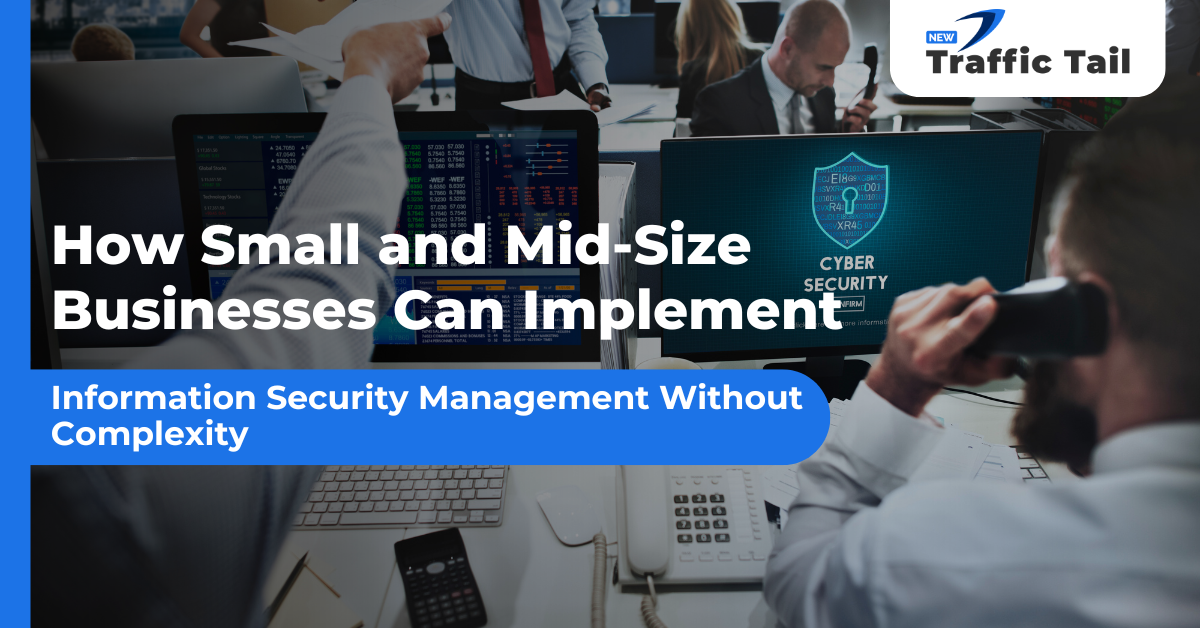Nowadays Software as a Service, abbreviated as SaaS, is quite popular among companies. A SaaS business model involves the delivery of applications to customers using the Internet. The users can access these tools without installing any applications on their own devices.
This model is beneficial because it is flexible and affordable for users. Therefore, SaaS-providing companies have flourished rapidly in the past two years.
Are you also looking at a SaaS option for your company? Then, you must be wondering about the working mechanism of a SaaS model. Therefore, this blog will answer all the questions about the SaaS business model. Moreover, we’ll elaborate on the process of building your own SaaS business model.
What is SaaS – Do You Know?
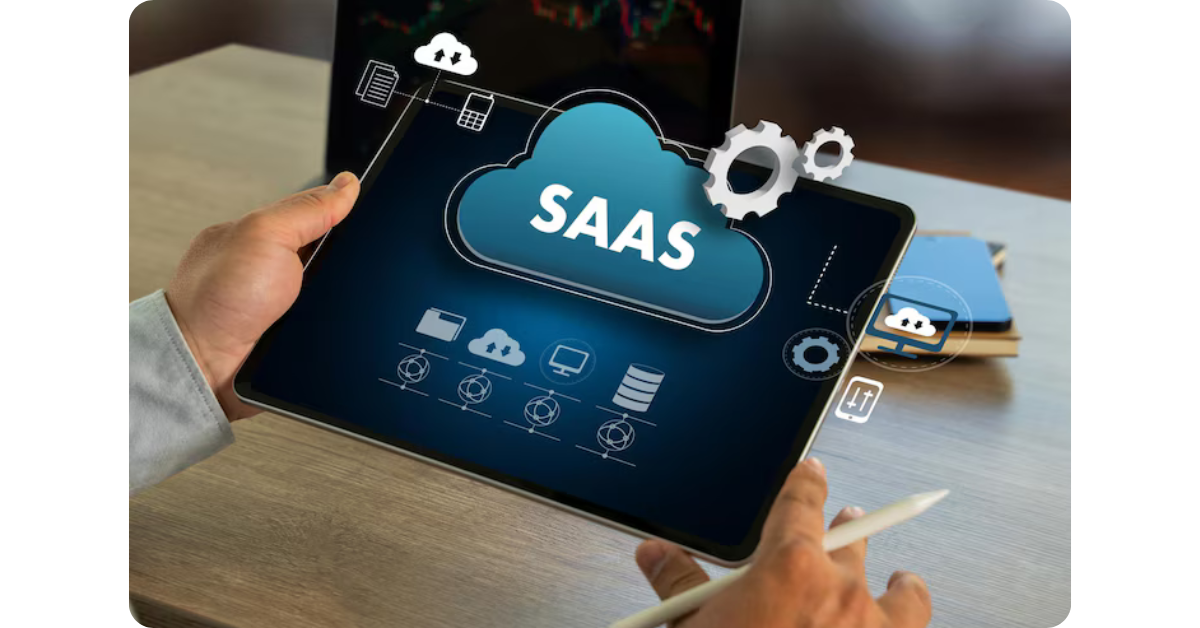
SaaS can be described as a model of software delivery. In this model, the applications are hosted and managed by a third party in the Cloud domain. But, these apps are used on the user’s computer via the Internet. SaaS can be accessed through web browsers or client applications.
Traditional Software Vs SaaS
| Parameters | Traditional Software | SaaS |
| Installation | A software copy is needed to be installed on the device being used. | You do not install any software on your device. You only log into the system and use it on a web browser. |
| Ownership & Subscription | Traditional software can be purchased and installed along with the license fee only. | SaaS works on paid subscriptions where you make payments monthly or yearly. No initial investment is required. |
| Updates | Conventional software requires manual updates within the device. | The SaaS supplier is responsible for updates, security patching, and implementation of new features. |
| Data Security | Organizations themselves are responsible for data security. | The SaaS provider ensures data security and protection. |
Popular Saas Applications
SaaS presents flexibility for meeting the changing needs of users. Many SaaS applications offer free, basic, premium, and enterprise subscription plans. Some of these applications are:
Salesforce

Salesforce is a Customer Relationship Management (CRM) software used by many enterprises seeking potential buyers. Using the same software, they can engage with the consumers to convert them into regular customers.
Salesforce combines information from countless sources to provide a single point of information for the customer. It consists of Sales, Marketing, Commerce, and Service Clouds.
AI-driven products of Salesforce provide unique customer experiences. This enhances team communication and reduces paper-based processes.
Google Workspace

Google Workspace which used to be G Suite is a package of many business applications hosted on the cloud. It is mainly designed for teams and companies. For example, Gmail, Calendar, Drive, and Meet.
Google Workspace guarantees data protection and management. Administrators can modify the user’s access and login security settings using the control panel. You can select from a range of plans depending on the type of business including the basic, business, and enterprise plans.
Microsoft 365

Microsoft Office 365 is a group of related applications on the web provided by the Microsoft Corporation. For instance, Word, Excel, PowerPoint, Outlook, and Teams are Microsoft’s cloud-based apps.
You are not required to install these applications on your device. You can work on these applications from a computer and the internet anywhere. Microsoft itself deals with installation, upgrades, and security updates. It is a cloud solution based on the SaaS model that enables organizations to perform efficiently. It reduces IT infrastructure burdens for companies.
Slack

Slack is an enterprise communication tool owned by Slack Technologies operating under cloud computing. Slack’s core comprises two channels categorized and organized workspaces for teams and their projects.
It made it convenient to communicate within the department, office, or even in different regions but also with people who work for other companies. Slack allows users to share text, voice, and video messages and switch to live within the app.
Slack can be integrated with third-party apps to streamline work-related processes. It increases efficiency by overcoming challenges of communication and connectivity of a team.
Zoom

Zoom is a typical SaaS app that has changed the way people interact in modern businesses. About 300 people can participate in a regular video conference via Zoom.
Zoom can be used on computers and mobile devices through the web browser. This makes the tool very convenient for users and participants. Zoom is easily integrated with other applications. It is a proficient SaaS video-conferencing application that helps to bridge distances.
SaaS Ecosystem and Its Components
The SaaS Ecosystem includes software vendors, customers, and third-party service providers as distinct entities. This ecosystem is based on cooperation and undisturbed interaction of these entities. In the SaaS ecosystem providers and consumers have an equal share to make this business successful.
The distributors create, manage, and offer SaaS applications and host software on their cloud servers. Customers are the end-users who use the SaaS applications. They can be individuals or companies who utilize SaaS applications via web browsers.
The SaaS business model mainly depends on cloud provider companies, for instance, Microsoft and Google Cloud. SaaS providers can put up or expand the cloud infrastructure to accommodate a large number of customers, or likewise, reduce it to address less demand. Cloud providers ensure proper security mechanisms to safeguard data and applications.
SaaS applications can also integrate with other tools to add up the features of the current application through API (Application Programming Interfaces), SSO (Single Sign-On), and Data Sync.
How to Build Your SaaS Business Model?
When starting your SaaS business, you have to be creative and constantly think about customers’ needs. Below are the steps to starting your SaaS business model venture.
Step 1: Market Research and Select a Niche
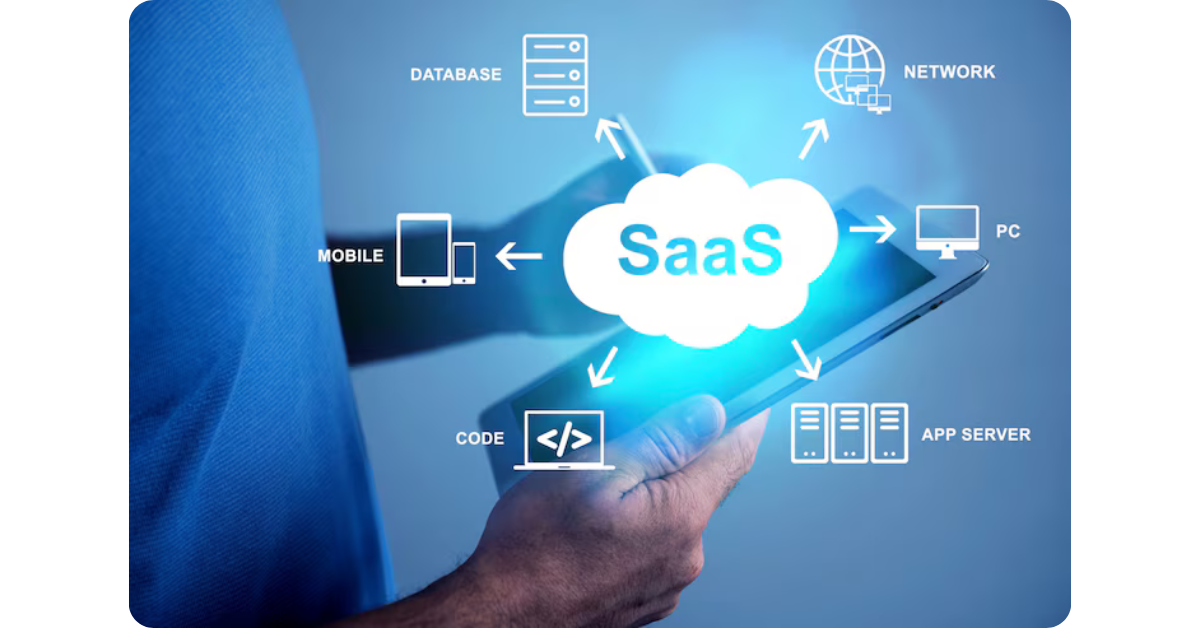
Market research is about understanding your target audience’s challenges and needs. Conduct surveys among the end-users to gather information about the software they are using already. Identify the shortcomings in the existing tools.
Then, select your focused niche based on the users’ recommendations and try to find the solution to address the identified problem.
Step 2: Build a Team for Your SaaS Business Model
Creating a great team for any venture is the foremost step. Make a team consisting of skilled individuals through job portals and social media.
Distribute roles and responsibilities such as developers, designers, and project managers among the team members. Encourage all your team members to devise solutions to the niche problem.
Step 3: Develop Your SaaS Model
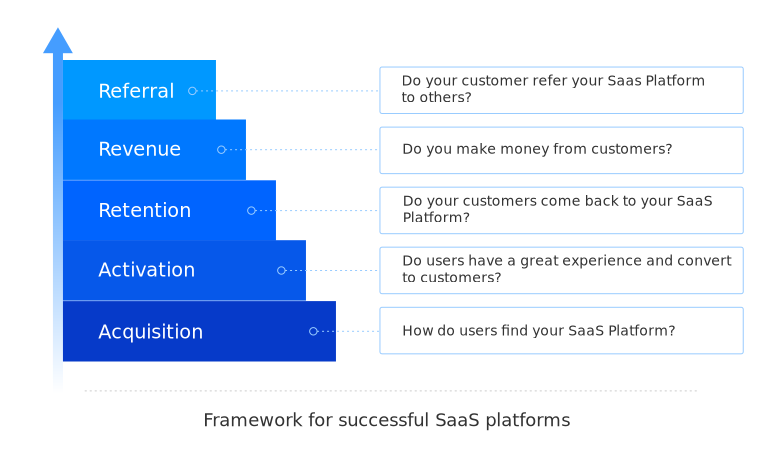
The next key process for your SaaS business is creating your product. For this purpose, develop the templates for the final product and simulate the design. Evaluate your product to keep track of the results and the glitches as well. Use robust security programs in your cloud services. Creating and managing a SaaS product is an ongoing business process, therefore, keep collecting feedback and upgrade your product according to users’ needs.
Step 4: Plan Marketing Strategies for Your SaaS Business Model
Use digital marketing to build and establish the online presence of your SaaS business model. However, to expand one’s business a partnership with a digital marketing agency is the most effective.
A marketing agency implements the following strategies:
Content Marketing: This type of marketing involves creating content like blogs, webinars, and ebooks to let your audience know about your product.
Your firm also optimizes your content for search engines using SEO strategies to attract traffic to your business website.
Email marketing: It is customizing emails based on user preferences to generate leads. Provide useful information regarding your product’s usage and problem-solving features through automated emails.
Free Trials and Demos: Offering free trials for your SaaS products is an effective strategy to have leads from passive users. It lets users experience your product to understand its value. These demo services can also be used to gather audience feedback and data.
Step 5: Pricing and Subscriptions
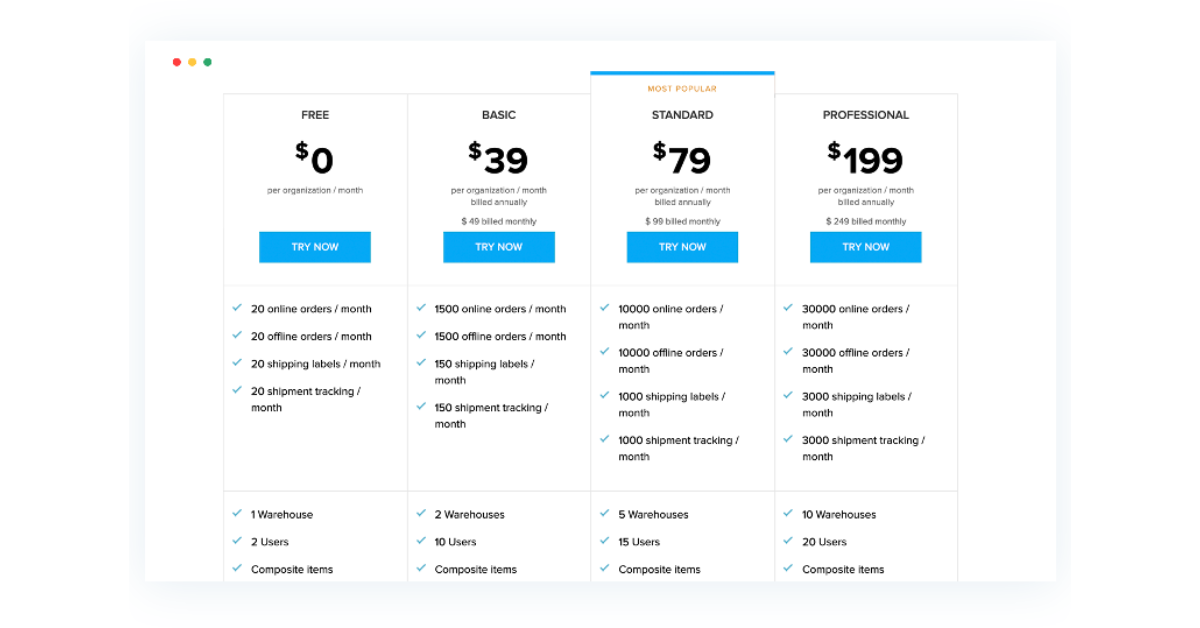
Set up different pricing models for your SaaS product such as monthly, annual, or tiered. Offering incentives such as discounts on first-time signups or extended time can attract more customers. 24/7 customer support services must be proffered to address consumers’ doubts and problems. Engage users with regular updates and feature enhancements.
Step 6: Stay Updated with New Market Trends
With advancements in technology, trends keep on changing in the business world. Therefore, adapting to these changes by listening to users’ suggestions and feature requests is a must in this business. Experiment with distinct features, pricing models, and marketing techniques. Keep track of your churn rate and address churn by enhancing product quality and support.
Monetizing Strategies for SaaS Business Model
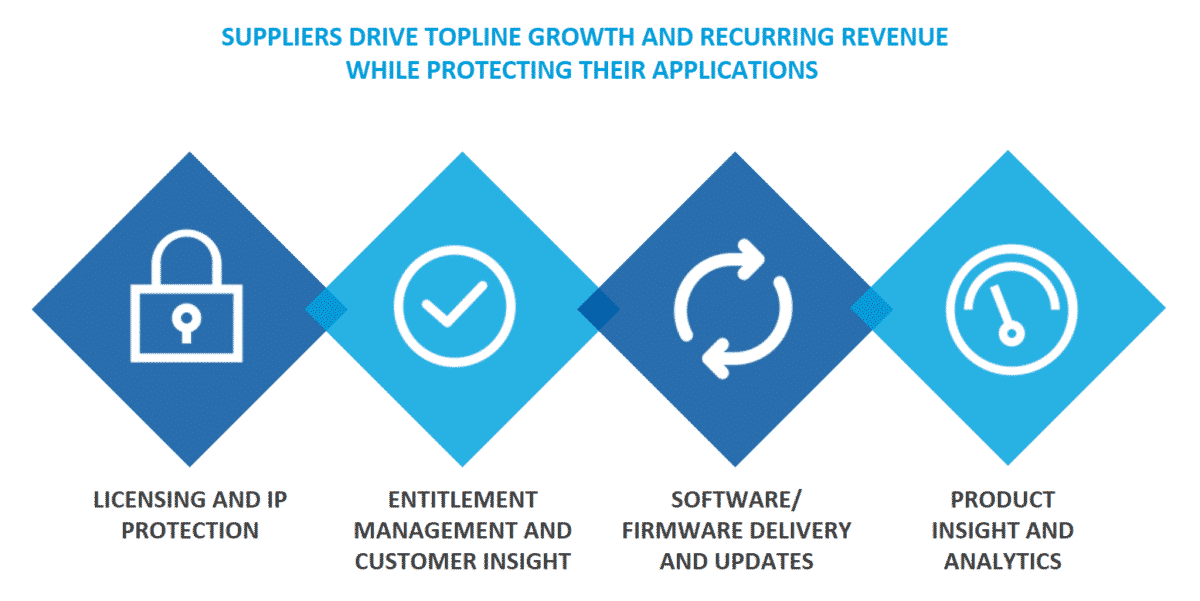
Revenue Generation
Subscriptions are the lifeline of the SaaS business model. Customers can keep using it for a fixed money amount paid monthly or annually. It is advisable to offer multiple subscription categories with exciting packages. Also, concentrate on the existing clients to ensure a consistent customer base to reduce churn rate.
Upselling and Cross-Selling
Encourage users to purchase the upgraded plans at a premium or a better version of the plans provided. Emphasize other benefits such as functionality, potential for growth, and service. Suggest other related products and services. For instance, let’s say that you are selling project management software, and then you suggest purchasing collaborative tools together with them.
Expansion into New Markets
Offer your SaaS product and services in different languages. Target new regions and markets that have high demand for your product. Provide personalized SaaS products for specific industries such as healthcare and banking. Partner with resellers in the software programs industries.
Challenges Faced in the SaaS Business Model and Their Solutions
Challenges
Research has shown that data protection and privacy are important and relevant fields that must be addressed. SaaS deals with sensitive user data that users are not ready to compromise. The issue of security must also be adequately addressed.
Also, organizations must strive to be unique in the market. SaaS markets are competitive and there are many new competitors in the various markets.
Another challenge for a SaaS company is to ensure excellent service and effective customer support.
Solutions
Protect the data using codes while transferring or storing. Set up role-based access controls (RBAC) to restrict data availability to unauthorized people. Conduct periodic security audits to assess the overall security levels. Comply with the data protection laws of the specific country or region.
Make changes to the product with enhanced features. Emphasize how the organization is different from its rivals based on specific aspects. Maintain the ability to be adaptive to market changes and the needs of customers.
Provide support avenues that are open 24/7 to address customer queries. Develop reference pages, FAQs, and how-to videos. Designate separate account executives for regular enterprise clients.
Also Read: Performance Marketing Strategy: 4 Effective Tips to Level Up Your Game!
Final Thoughts
The SaaS business model is an application or software provider that hosts it on a cloud server. Then, it offers the software application to the users with a subscription plan. SaaS offers flexible and accessible software solutions for individuals and businesses without hiring an IT expert team.
Marketing techniques are useful in expanding your SaaS business to the next level. For this, you must consider collaborating with a digital marketing agency, such as New Traffic Tail, that can achieve your goals.
We trust our blog helped you understand the SaaS business model. Feel free to let us know your doubts regarding the SaaS business model in the comments. Good luck with your venture in the SaaS enterprise!
FAQs
Q1: What are the advantages of the SaaS?
Saas can be used anytime on a web browser. It is automatically updated and available at an affordable price.
Q2: What is the role of digital marketing companies in SaaS business?
A digital marketing agency is important in promoting your SaaS business online. Here’s how they do so:
- Promote and establish brand image.
- Assist you in reaching out to the target population through paid adverts.
- Apply content marketing as a strategy for educating your consumers and presenting them with your products and services.
Q3: What is single-tenant and multi-tenant SaaS?
Single-Tenant: Every customer uses the personal software. There is much variety for end users, but this can also mean high costs including maintenance.
Multi-Tenant: It is a model where one software is used by many. It is affordable, but you have no choice in selecting the configuration.
Q4: Why are APIs important in SaaS and what is their specific function?
API stands for application programming interfaces through which apps and software are integrated. Open APIs are commonly used as SaaS products to make them available for third-party developers. They create extensions or combine them with their products.
